The Jack of all trades returns once more to help us gear up for an exciting and fun way to catch tuna.
Transcript:
hi i'm captain Jack Sprengel here at the saltwater edge and today we're going to talk about jigging and pop
jigging and popping is more than it just sounds like jigging has been around and fishing since long before i ever picked up a rod and popping is something that's been around since some of the first top water lures were ever made but jigging and popping which i would probably better describe as jigging and casting or even better still big game jigging and casting is a facet of the sport that was driven by the advent of well mostly some thrill hunters but also the advent of braided fishing line braided fishing line made it so that smaller tackle more dynamic tackle could be packed full of the appropriate amount of line yardage but also at the strength that was required so now anglers could fill heavier duty or larger reels with a couple hundred yards of 80 or 100 pound braid or even down 60 pound and it gave them a lot more opportunity to get out and cast as opposed to just trolling or baiting larger game fish with big gold reels and heavy monofilament line it's actually forced the industry as a whole to evolve because when we first started filling these reels up with braided line which was capable of handling the fish we didn't have the knots we didn't have the terminal tackle we most certainly didn't have reals like shimano stella which now is capable of upwards of 50 plus pounds of drag so the initial reels that we use when we first started hooking up with large game fish this way we're getting ripped off rods because the drags were melting to the reel and it would rip the guides right off rods were exploding in our face and then to make rods strong enough we would take heavy duty boat rods used for bait fishing and have custom guys put eyes on them and when you go hook up on a fish on that you might as well have a steel pole in your hand it was just brutal on the body so it's pushed the industry as a whole and there's a lot of interesting technology here that we're going to go over individually and as a whole just as a general look at them and explain the difference between jigging and popping which places much more emphasis on the anglers technique and skill as well as the gear and the rigging we're going to get into all of that information here and hopefully answer all the questions you have if the world of sport fishing were to be compared to the olympics jigging and popping would be the equivalent of the extreme games or the x games it's much more physical it requires a lot more talent at a specific technique or approach in general and because it's such an intimate connection to these massive game fish and it's so up close and personal one-on-one it's a hell of a rush so we're gonna break down why you would go jigging and popping but in general if you take anything from it it's going to elevate your traditional angling techniques just because of the technical approach to it and the the clarity to the rigging and a lot more of the focus that you're going to put into your actual technique one of the quickest examples i can make of that is casting i have anglers who are outstanding surf casters or maybe they were even largemouth bass fishermen very good anglers in their facet if i fish next to them they'd crush me but when they get out onto the boat they're not familiar with the type of gear this heavier beefed up gear the more technical aspects of the rigging the way the knots work and the way the leaders cast and when i get them to fish they're breaking on the surface they have a very difficult time putting an accurate cast on there so one of the things i focus on right away is the angler themselves you know you are you a good angler can you cast if you can only cast over your right shoulder it's a huge huge handicap when it comes to targeting fish with jigging and popping so one of the things i show people right away is just switching their elbow position if you're constantly casting with your right hands you can just switch your elbows still cast in the same hands you're comfortable with but you cast over your left shoulder being on the wheel as much as i am in a jigging casting operation i can cast from just about anywhere in the boat i can point the rod butt at the sky cast upside down um i can make a cast happen from just about anywhere without having to worry about whipping a rod back more often than not it's a team sport you're gonna have two to three anglers casting a fish one person on the wheel so boat handling comes into play you're going to be interacting around other boats so there's a little bit of courtesy we're going to get into all of that but first thing i'd like to talk about is because braided line has pushed the technology and placed the extreme demand on the rod and reel it's also placed that same extreme demand on the rigging and the tackle that's used so we're going to break down just a quick overview of some of the tools here and then we can get into more detail as we go forward when talking tackle we have to start off with the heart of the operation the real the reel itself is basically the be-all end-all of the entire operation once you've hooked up on a larger game fish and is the core of the process here that's allowing us to deliver this braided line which has pushed the technology and allowed jigging and popping to become what it is today you know your investment in the tackle you're going to get what you pay for but a lot of the gear has caught up to the technology now i'm a shimano guy personally it's what i like to use and you can look at it from a good better and best scenario a good reel to start off with if you're kind of staying on a lower budget you want to just kind of dip your toe into it saragosa saragosa is a complete workhorse reel it has the power with the drag you can get up over 40 pounds of dragon the larger models and handle much larger game fish with them they have the line capacity necessary if you're going to be doing a lot more of it than just once in a while you may want to invest in a real light twin power twin power you can get up to a 14 000 size it's going to have infinity drive on it infinity drive is a really cool feature that allows you to turn the handle without having to pump the rod that's huge with landing some of these larger game fish in the up and down and if you want to go to the best case scenario possible you're going to be jigging and popping almost exclusively you're going to be putting a lot of wear and tear on your reel you want it to last longer you bump up to the most iconic reel in sport fishing the shimano stella sw stella sw has infinity drive it's got an ipx rating on it it's completely sealed from water inhibiting it while you're out there if there's waves breaking on you and you know you're crashing through rough water trying to chase down tune on the surface and it's got heatsink heatsink is a feature in the reel that's going to dissipate heat from the center of the reel under that heavy drag setting and stop you from damaging your braided line and it's also going to give you much more consistency in your drag curve coefficient so you're not going to have inconsistency with the line dumping off the reel when a huge tuna or a really aggressive fish maybe you're on vacation catching giant trevally or kubera snapper and you're worried about them getting down to the rocks a smooth drag and control over your entire system is very important for rods you're going to be looking at both jigging and casting rods and there are some specific features that you want to look at one of the great rods whether you're going high-end middle of the road with your reel just an all-around great rod to match with any of them are the grappler series rods by shimano also you can look at game type j and if you're more so oriented to top water stick baits and poppers you can look at the osei full throttle series jigging popping rods are grappler makes rods for both casting and jigging so the shimano grappler series you will notice they are high power x and spiral x what does that mean what makes that different than any other big game rod out there high power x and spiral x allow a rod to be much lighter but still super powerful so traditionally if you had a glass blank rod you had to have a much thicker wall on it to make that rod be able to bend without having catastrophic hoop failure well by adding high power x and spiral x which is essentially crisscross carbon fiber tape that reinforces the blank over the entire length of the blank it reduce reduces any torsion when casting gives you a lot more control of your lures and your casting accuracy but it also prevents catastrophic hoop failure so now you have rods that can withstand high sticking essentially with upwards of 20 plus pounds of drag and you're going to be able to put the necessary pressure on fish without breaking it but you have a on a platform that's much lighter much easier to work with one of the biggest things you'll notice is that jigging rods like the grappler jigging or any jigging series rather you decide to choose will be much shorter because you're fighting those fish and you're working your lures straight up and down in the water column you think of a basic mechanical lever with physics the longer the lever the more leverage you have if you want to move a large object far away from you a short stick will only move it so much a very long stick you have a lot more leverage you're going to be able to move that object easier well you're the object the fish is getting the mechanical lever so the shorter that rod is in the up and down the better so you want a nice rod that has a parabolic action that means a rod that just is a nice bending line will almost bend back into the handle there's some images here and you also want to look into popping rods popping rods are going to be longer they're usually going to be about seven and a half feet as much as nine in most cases i would say the average rod is between seven and a half and eight feet there's a grappler casting series rod here and one of the things you will notice is when i show this to people you can look at this image here the guide almost looks like it was wrapped backwards you know was the guy at the factory you know did he not get to sleep the night before what happened here there's a huge reason for that and the number one reason for that is on a traditional guide you have these two large legs and then one forward leg well the leader systems that we use which i'll get into in a second have a lot of power and whipping that come off the rod and reel there's a lot of spiral and when you're casting the big game fish with a four ounce plug or a three ounce lure in an aggressive nature that's very prone to catching or getting what they call a wind knot by having the guide backwards you don't have these two legs coming backwards and getting in the way for them to hang so now that tight spiral can get pulled through the rod without hanging and giving you a wind knot or causing you to lose your plug once you've selected your rod and really you got to put line on it and you want to use the appropriate pound test line for whatever it is you're targeting if you're traveling or if you're fishing for local species here in the northeast for me locally here in the northeast if i'm jigging and casting i mean the ultimate fish for us is the bluefin tuna i think it's the baddest fish in the world and we're lucky to have him here but if you're willing to push out a little further or you're willing to hire one of the guides to specialize in it you can also get a little further into the blue water and you can also jig and cast for species like maimahi wahoo white marlin will hit top waters and jigs you can catch swordfish on jigs if you get them up in the shallower water or you learn slow pitch or deep chopping and you can also catch species like big eye tuna and yellow fin tuna as well using jigging and popping techniques line for me locally i'll go as light as 50 and as heavy as a hundred my average line on most of my reels i'm generally fishing uh between a 14 000 to a 20 000 size stella is 65 pound braid or 80 pound my flagship line for me is 80 pound power pro depth hunter power there's a lot of different braided lines out there eight carrier 16 carrier for me it would come down between a four carrier line like power pro depth hunter which is essentially basic power pro 4 carrier what makes depth hunter different than most of the lines is that it has a color change every 25 feet and then every five feet there's a black hash mark that black hash marks about two inches but it allows me to drop my line very incrementally to where i'm seeing fish in the water column the only other line choice i would use would be a hollow ace line something spliceable a 16 carrier hollow line that would allow me to use wind on leader systems by splicing myself because we're using braided line and because we're fishing for large game fish they're going to put a ton of pressure on your drag and these mind-blowing powerful runs one of the things you got to do is protect yourself so a decent pair of fishing gloves and mechanics gloves i like these gloves by afco you can get a good pair of cockpit gloves but they've got an option on them so you can still use your phone while you're out there get a good picture things like that but you want to protect your hands from the extreme power and pressure that's going to take place under a mind blowing run at the end of your line you need some kind of leader system in the very beginning we were trying to find ways of getting heavy duty leader like 80 pound fluorocarbon to attach to braided line with a lot of limited success we eventually settled on bimini twists swivels that were looped on with an offshore loop and then we'd crimp on braided line just to have something that wouldn't fail under the pressure of something like a cold water new england bluefin tuna but over time around the world people have picked up on this and little things have been taken from almost every fishery even fly fishing for example i always consider the wind on leader to be very similar to the old school tippet approach to attaching your leader systems so you can buy pre-made wind-on leaders and these leaders are basically hollow a piece of holocore braid that has a loop on one end because it's been spliced back into itself and then it's been served into a piece of fluorocarbon so now you can take that tie a braided loop in the end of your line and just use a simple loop to loop connection to attach your leader system also you have the option of just purchasing pre-made or pre-spooled large capacity spools of fluorocarbon leader and you're going to use one of the more modern knots knots like the pr knot the fg knot that's like the gt knot these are all going to be very effective 100 or damn near 100 brake strength knots that allow you to have your leader system come on and off the guides very efficiently without hanging you will need some additional tools to make that happen you need to put a lot of pressure on them in some cases you can use gloves from a big fan of line pullers line pullers allow you to wrap both your leader and your braid around them and seat your knots very evenly very appropriately so that you don't have any tackle failure one of the key things to jigging and popping is having confidence and understanding of your entire tackle system because you're using these wind-on leader systems and you have much heavier tackle down at the end you need a a method of connecting your your leader on a method of changing out your lures very efficiently and constantly cutting away at and re-tying 80 and 100 pound fluorocarbon is never a good idea in general uh you're going to end up eating a lot of money up that way and you're going to end up just getting a much shorter leader than you initially anticipated using for me personally if i'm making a leader system for a popping rod i never want my leader on my reel so in the casting position if my plug is hanging off the tip of my rod i like to have my leader coming up through my guides and have about an inch or two of line right where my trigger finger is for casting and that's about the length of my my top water leader you don't need a significantly long leader because most of that's going to be up out of the water just your lure is working on the surface whether it be a large sweeping popper or a technical stick bait you know your leader system's not down there exposed to the fish jigging is very different jigging i like at least a 20 foot and i would say there's probably not no such thing as too long of a leader within practicality but about a 20-foot leader even in the clear water seems to work very well for me and that will get wound up onto the spool for a jigging system but it's important to do that because again not only is your lure in the water the entire leader system is in the water and just like people who fish for large fish like swordfish and tuna it's a very good idea to stretch and clean your leader system so while you're on your way out to the tuna grounds you don't want to open your bail and have this slinky pop off the reel and tangle up in your guides it's very important for you to take that leader system when you're jigging and have your lure attached to a cleat somewhere put some pressure on it and it doesn't hurt to clean it uh factories package leader many of them have holes in them afco happens to do a really good job here with keeping them sealed up but it's just human nature you know once you've taken it out and you're out there there's exhaust fumes there's things going on that are going to cloud up your leader it doesn't hurt to take a little bit of alcohol clean that leader out and stretch it the more technical and the more attention the detail you put into this game the less you're relying on luck and the more you're reducing those little tolerances of percentages that are going to increase your chance of hooking up and landing your fish at the end of that fluorocarbon leader you know again you could use monofilament if you're working on top water but i like fluorocarbon for everything i like fluorocarbon because it's stiff it holds its shape a little bit better it's not as soft as monofilament and it has better abrasion resistance and then you get the added benefit you know it has that refractive index like salt water so if you're vertical in the water column light can pass through there but to attach the end of that you generally will not attach directly to your lure and one of the reasons for that is a lot of these big game fish spin around it can put a lot of wear and tear put a lot of twists in your leader because again we don't have a swivel attaching our leader system now it's just directly tied to the line so you do want to try to get a swivel in line if possible and one of the best ways to do that is to buy a high-end ball bearing swivel you'll notice when you get into the jigging popping game you won't have like bags of a lot of swivels you start spending more money on nicely packaged individual swivels but there's a reason for that don't spend the money on the gas the boat the stella and all the other gear and then try to save money where you're connecting to the fish you know you want to buy the right stuff here to make this work you're almost going to create your own snap swivel system instead of using a snap swivel which has a long snap to it i've had big fish get leverage on that snap while fighting and pop open you know even an 80 pound fish could snap a 600 pound swivel open because of leverage one of the ways to get around that but still have the added benefit of a quick change out is to take a high-end barrel swivel like a crock this is my favorite size is 195 pound or a size three and you're gonna put a split ring through that and the split ring that i use personally is an owner hyper wire number nine i take that hyper wire number nine i attach that through the barrel swivel like so and then i take up the terminal end of my leader system and i just tie a palomar knot to that you can also do a single crimp with like a size appropriate to whatever leader you're using if you're fishing 80 pound you can get a small jinkai j and crimp it on there or just pick an appropriate size crimp for the line size that you're using because you don't want any slippage there if you're swaging once you have that on the end of your line if you want to be able to change out your lures very easily you just get a good pair of split ring pliers and now you can use that open split ring just like a snap swivel we'll demonstrate it one of the systems i mentioned was our terminal system at the end of our leader whether it be fluorocarbon monofilament whatever you're using we have this barrel swivel to a split ring and there's a number of different advantages to that again i said if you're fishing braided line and some of these fish are taking heavy runs casting all day you're going to be blowing your hands up cuts with line blisters all sorts of fun stuff so a lot of anglers will use a decent pair of gloves like these fco reliefs gloves one of the nice things about them is you've got the option on them so you can operate your phone still if you're going to take a quick picture you know something comes up you want to get a shot of or maybe you're sending a text to a buddy let them know something's going on but with a decent pair of split ring pliers you can do this without having to take the gloves off so you'll notice whenever you look you know you've got that you grab your plug you get your front of your plug again this also makes it nice for grabbing lures as well without getting hung up you can grab this off your rod and the knock on the split ring pliers will open your split ring so that you're not having to manipulate something like a snap swivel or anything like that you open up your end of your split ring using your split ring pliers advance that onto the plug and you're connected very important thing to understand it's very important that you buy a swivel like this happens to be a croc size 3 195 that your split ring can move very freely through the swivel you don't want a larger split ring than the opening on your swivel because what will happen is you can get caught up in them and they can open so you need that ability to slide through there very freely another really great advantage of this is traditionally you'll find anglers will hang a hook back here behind a guide or they'll hang their hook over here on their reel when you're spending the kind of money you're spending on a reel like the stella you don't really want to be beating up the rubber on your grip you don't want this hook hitting this handle and chaffing it up you most certainly don't want the hook swinging against your lure either i mean swinging against your reel or swinging against your spool and damaging it or banging up your guides on your rod a cool way to get around that is to always have a few basic you can have heavy duty black or just basic office office rigging rubber bands like these
and what you do with them is put tension on your lure by attaching the rubber band to the treble hooks and you can either go around the handle of your reel and back onto the plug one of the reasons i like this is it allows me to run and gun to where the fish are i'm not going to have to worry about this making contact with my reel or my line it's still keeping it secure from blowing around in the wind but it's also reducing the tension at the rod tip where your leader is connected so you won't get this kink in your leader system that you normally might if you just reeled it tight with your rod tip to the reel itself also reduces a lot of wear and tear right at the tip of your rod another cool thing about it is whether you're just heading out for the day you're not sure what lure you're going to fish or maybe you're not ready to fish yet or you're heading in at the end of the day and you don't want plugs dangling everywhere as you can take the same idea without the lure on it get your rubber band you know i'll have if you see me on the water i usually have like six seven of them on my wrist at any given moment you can use your split ring pliers get that off there
like so again this is nice if it's cold gloves are protecting your hands from a lot of damage
so i'll show you here because
you want to make sure that that split ring and the swivel are past each other if you're going to open it so if you grab the split ring here you're going to end up taking your split ring off of your swivel and your lure you want to have this on the back side of your wires when you go to open that's a good habit to have always have your swivel behind your split ring pliers so that when you go to advance this through the plug you're not taking it off your swivel and now you can use your rubber band in the eye of your split ring
go back through the rubber band itself
and have that same concept that you did with the lure on the handle of the rod you can have your leader pre-tied on ahead of time and this gives you something that you can wind down to without putting too much pressure on your rod tip kinking your leader system and still has you giving that quick interchangeability at the end of your line when you are tying knots it's helpful not just to rely on your pliers for cutting your leaders and your braided line braided line can dull scissors rapidly over time doesn't hurt to have a decent pair of braided scissors around as well so something that's going to be able to cut your line without having to put a lot of tension on it to cut it you know use your split ring pliers as your split ring pliers get a pair of scissors to do your braid cutting once you've set up your entire system you have your rod your reel you have your line on there you've got your leader system and you've got some interchangeability function at the end of your line so you can switch out again you're going to match your lure type to the rod you're using if you're jigging you're going to be using jigs if you're throwing top water in the world of jig and pop you're going to either be throwing a large popper or more commonly to larger coastal pelagics up here like bluefin you're going to be throwing more than likely some kind of stick bait to them and the way to do that is going to be to adjust a couple different things but it's no different than if you were targeting stripers or brook trout on a fly you want to generally match the hatch so matching the hatch if you have something around that looks like menhaden you want to use a mandating type lure up here in the northeast they could be eating half beaks or they could be eating sand deals and if you're going to target fish you want to focus on where those are going to be in the water column if it's sand deals or if it's something deeper in the water column you're going to be focused more on the jigging aspect of things and jigs you'll notice come in a variety of different shapes and this is one of the things about jigging and jigging and popping that make it different jigging is traditionally done with a very symmetrical basic jig very little action other than what you impart on it but from the jig and pop world you've had butterfly jigging slow pitch jigging a bunch of different techniques that focus on not only the depth but the speed and the rate at which the jig is cadenced and also the way the jig falls lures like shimano's new shimmer fall it's very well-rounded jig drops very quickly has a lot of flutter but has a very nice walk whether you're burning a very fast speed jig style or even something more passive like slow pitch jig a traditional style butterfly monarch is going to be very symmetrical down the center it's going to be weighted lower it's going to walk really good and it's going to be very good for that real flip reel flip reel flip it's going to cause it to come up flutter up flutter up flutter and then more passive jigs like flat fall or slow pitch style jigs like wing fall are going to allow you to just drop into where the fish are and they're going to be favorable more for jigging and popping from a more passive standpoint somebody who might not be as physical or maybe you're tired from speed jigging i find myself personally switching it up if they're willing to hit all three i'll change it up just for variety and for easier on the body another option is more passive jigging is something like soft bait especially if they're on sand deals allure an iconic lure like the ron z or a weighted slugo or whatever plastic you happen to like to use that's going to match the profile of those sand deals in the water column something that's going to swim have a little bit of action without you having to work it hard or get hit on the fall on the topwater side of things large poppers stick baits those are going to be your go-to the thing is popping in general if you were popping for stripers or something locally you might have pop pop pop while you're reeling when you're popping in the jig and pop world it's a very tight reel to the lure coming in contact with it and a long hard dragon sweep and it creates more of a plunger every time you sweep you reel in your line plunger it's a big stop at the end if you do short little pops it's often not enough to incite a strike from one of these larger more aggressive predators if you've ever seen a green stick offshore their dragon some of these guys have milk crates or traffic cones in the back of it you know or something these giant birds creating this huge disturbance and that's what you need a lot of times to get a big tuna or just any kind of large game fish to come up from deeper water and hit a top water plug more on the more technical side of things you get the stick baits stick baits can be something that is skidded along the surface or it could also be a lure that's swept where you come up you reel tight to the lure and you give it again another tight sweep and the lure has its own action of lipless crankbait so to speak they're larger baits and more often than not if you're buying the appropriate lure you're going to have some kind of through wiring on them because these fish put a tremendous wear and tear on a heavy heavy load on them a lot of times i like to change out the hooks to my own preference on hooks you're going to be using anything from 2o to 5.0 trebles in much larger sizes i use bkk raptors but you can also use hooks like owner they make tin hooks like st 66 sd76 you just want to make sure you're not changing the action on your lure so as you mess with these hooks you can even put large singles on the back if you'd like depending on the way the hookup is happening when it comes to topwater fish for me if i'm jigging and popping i just like the sticky nature of the trebles i'm a travel guy but there are advantages especially on larger game fish if you have you know giant tuna you know something over 73 inches taking top water baits and maybe you just want to hook a few of them swim and let them go a large single hook will purchase better in their mouth in many cases one quick point to make about that is if your lure doesn't have the rear of its bait oriented so that the hook is facing up then you want to add two split rings to the back of that bait one to take the angle out so that now your j-hook can sweep straight up you want that hook coming up the back almost like a scorpion tail that's going to give you better hook up ratio whenever you're fishing for big game fish if you do have a lure that you like to fish and it might match the size that they're eating and it's not a through-wide lure one of the easiest things you can do is attach a simple solid ring and split ring like you normally might for jigging most jigs you'll notice have a solid ring with a assist hook on it and you can take that same concept and put that on the front of any bait you have so whether you have a bass plug or some other type of lure that isn't through wired you can simply attach a split ring to the front of it and a solid ring with a assist hook and as long as you can impart an action on that lure now you can have that effect of that lure but you're only fighting the fish on your terminal connection to the solid ring and the assist hook you don't have to worry about whether or not the bait is through wired that's why no jig ever has to be through wired because you're just fighting a fish on a two three four hundred pounds solid ring to an assist hook a couple of other things you might want to consider when you're investing in gear for jigging and popping uh one thing would be some form of cushioning rod butt system you're not going to be fighting these fish in a harness as soon as you attach yourself to the rod and reel in the jig and pop world you're at a big disadvantage if a fish sounds under the boat and your rod is attached to something you know locked against your body you can't really move so i like to use something like a soft cushion system something like a scotty hammerhead or a cushion something on the end of that rod that can put against your body allow you to position appropriately to put the leverage on the fish but you're not going to be locked into it other considerations for tying knots like the fg or the pr bobbin is to get yourself a decent pr bobbin tool in addition to just a set of line pullers and one of the other cool little tricks that you can use to hack almost everything while you're out there is a basic set of simple rubber bands these simple rubber bands will allow you to do a lot of different tricks with the terminal rigging and baits on the lures that will reduce any kind of likelihood of damage happening to your plug or damage happening worse to your rod and reel from your plug because these big trebles are swinging around while you're running and gunning at some of these fish on the surface so that covers most of the gear you can come here at the saltwater ridge and find to get you started to go for jigging and popping whether it be for tuna mahi mahi or maybe you're going on a trip somewhere the next breakdown of series we're going to go into some of the how to's we're going to break down how to approach digging how to approach stick baits and popping




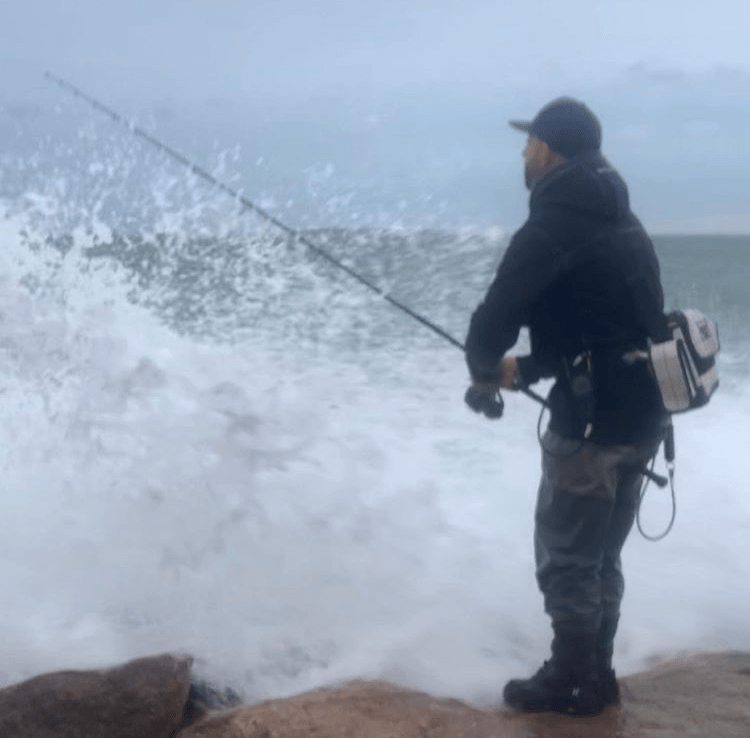

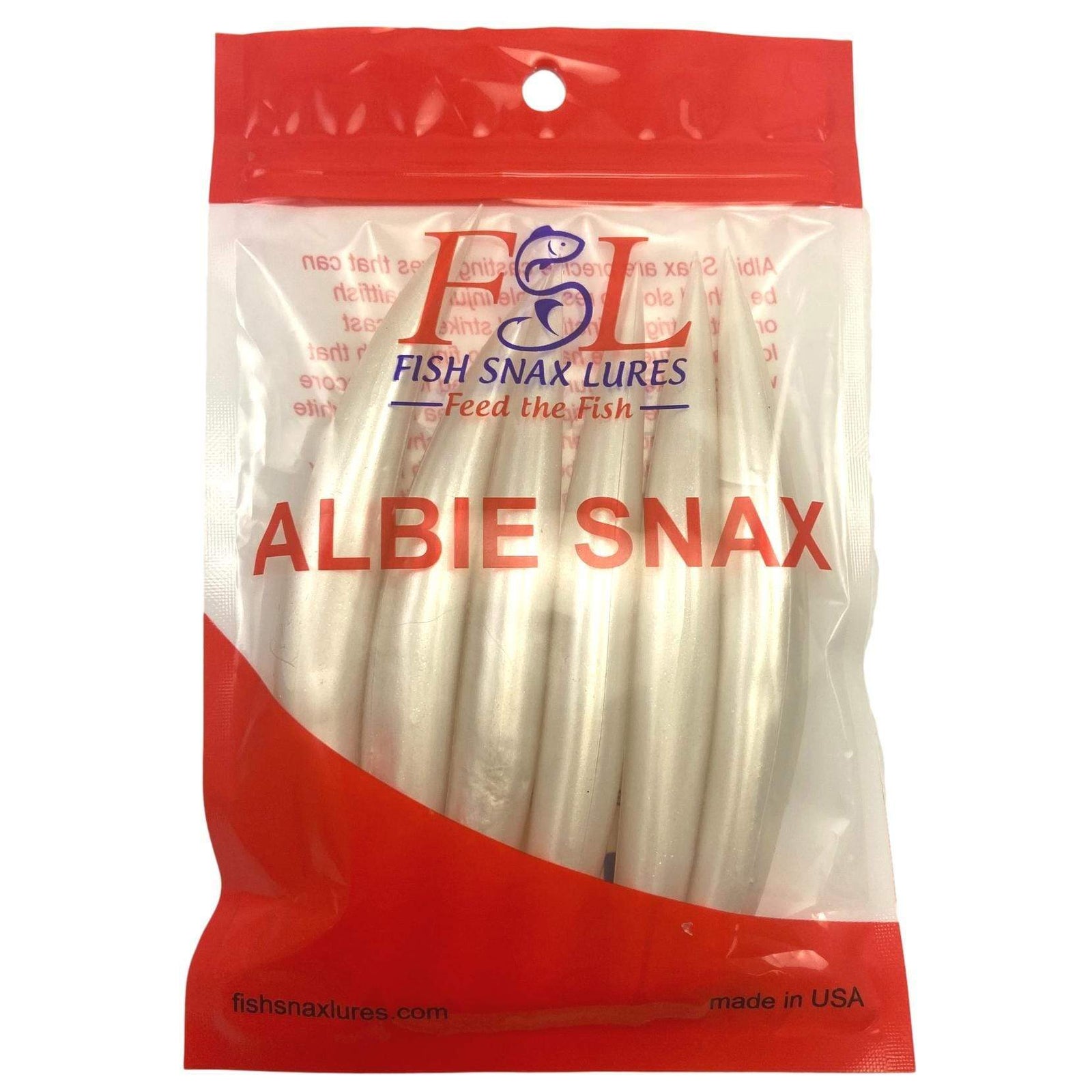

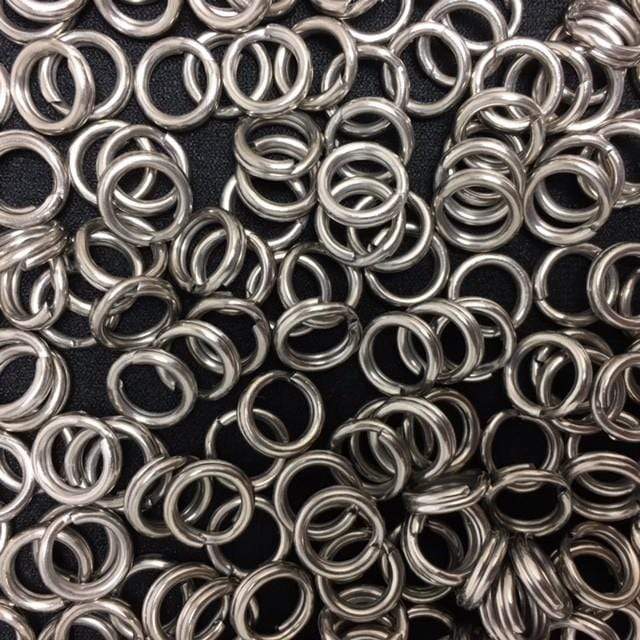
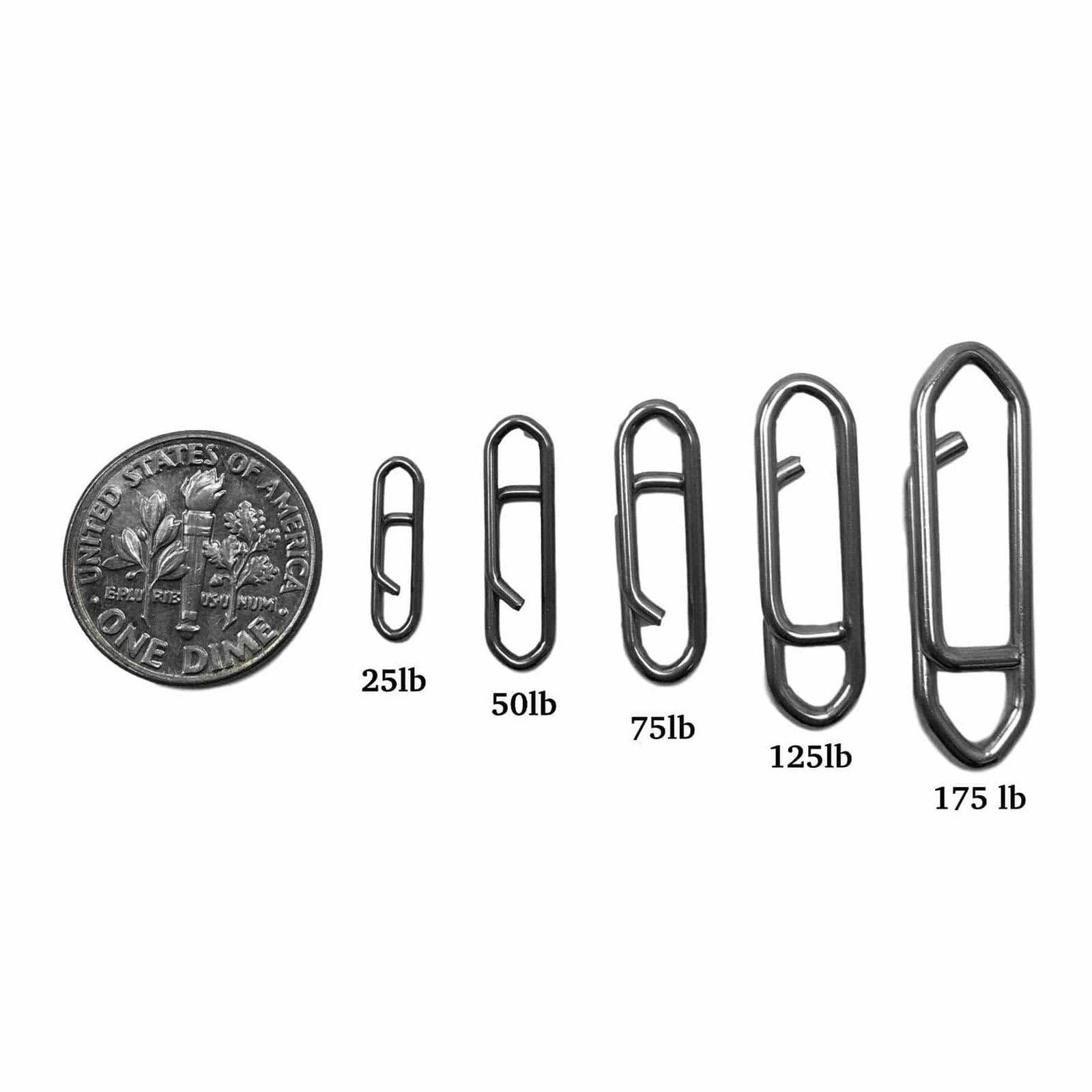

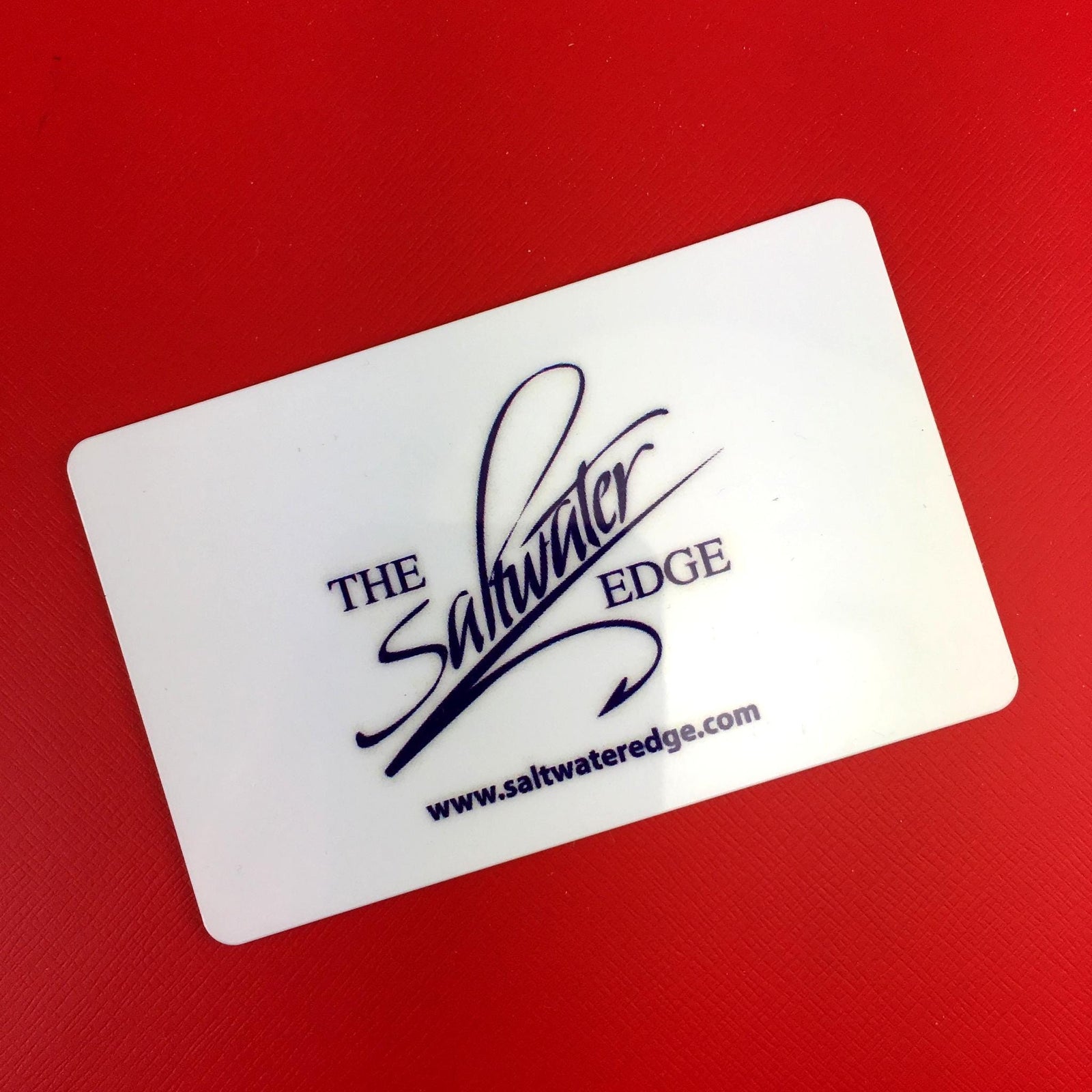
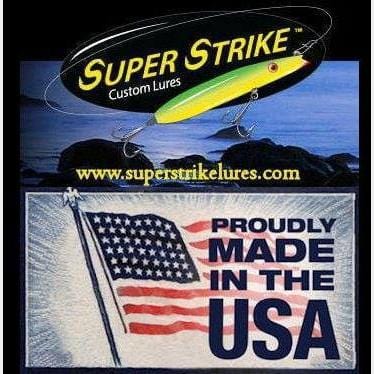

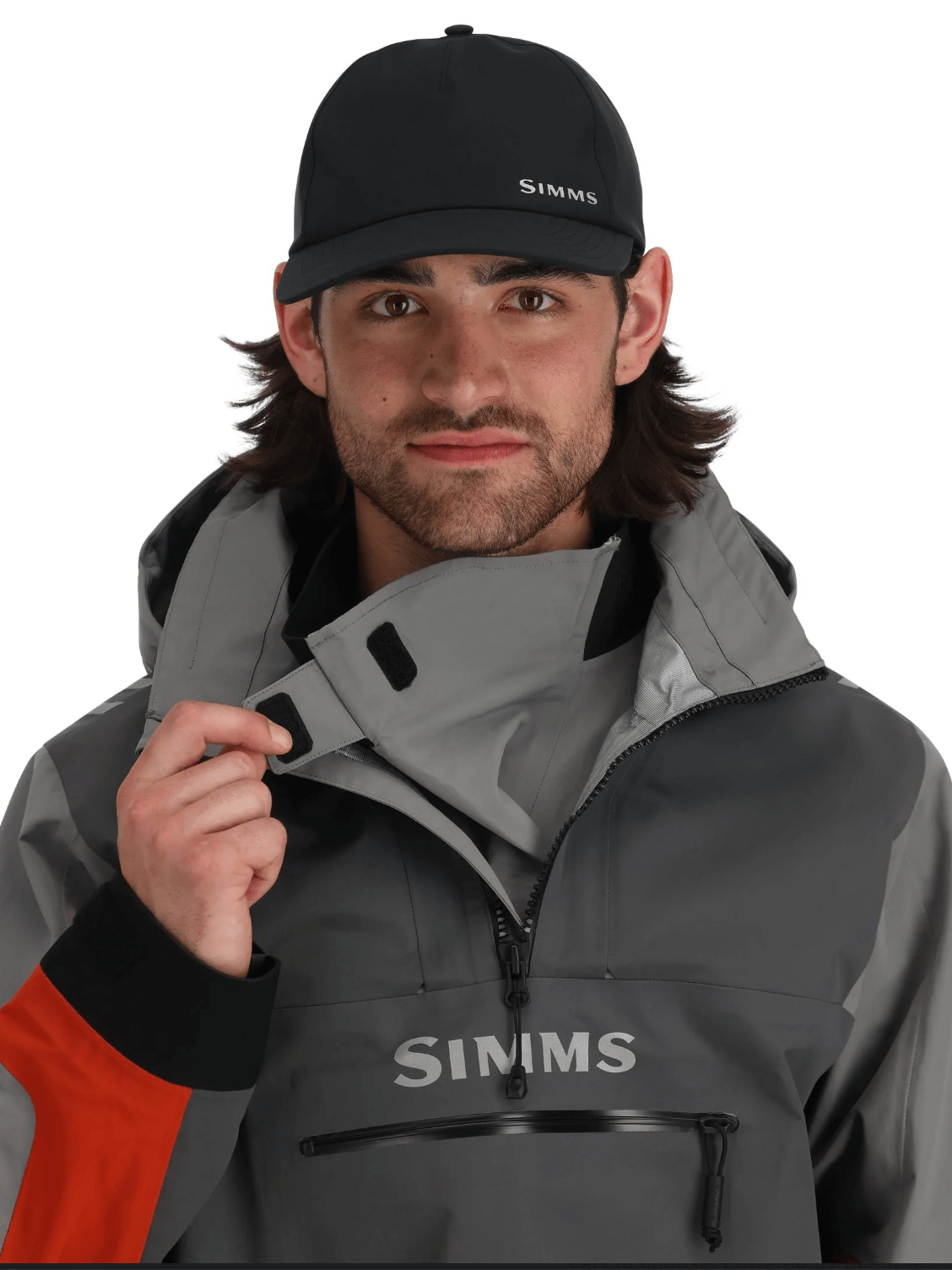

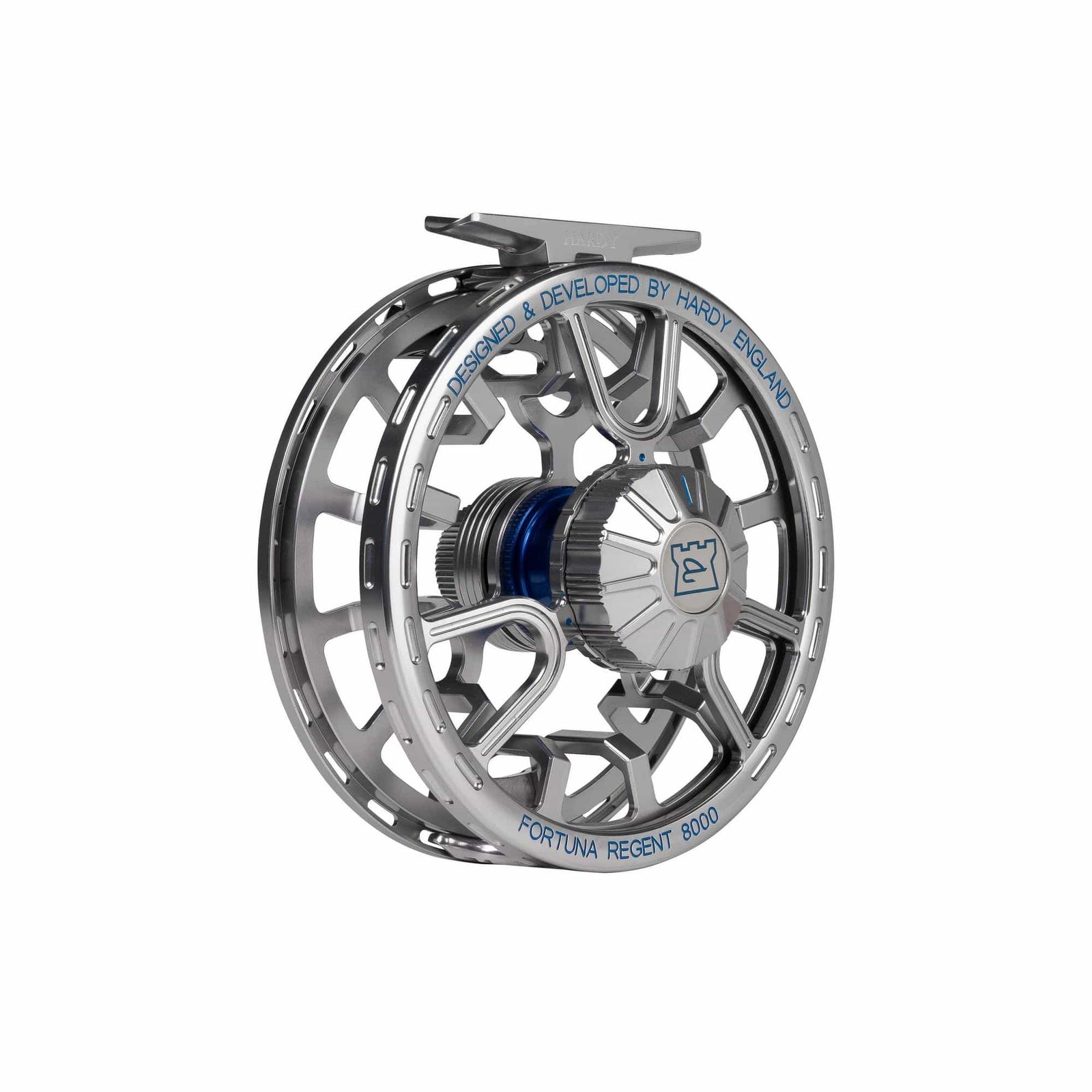
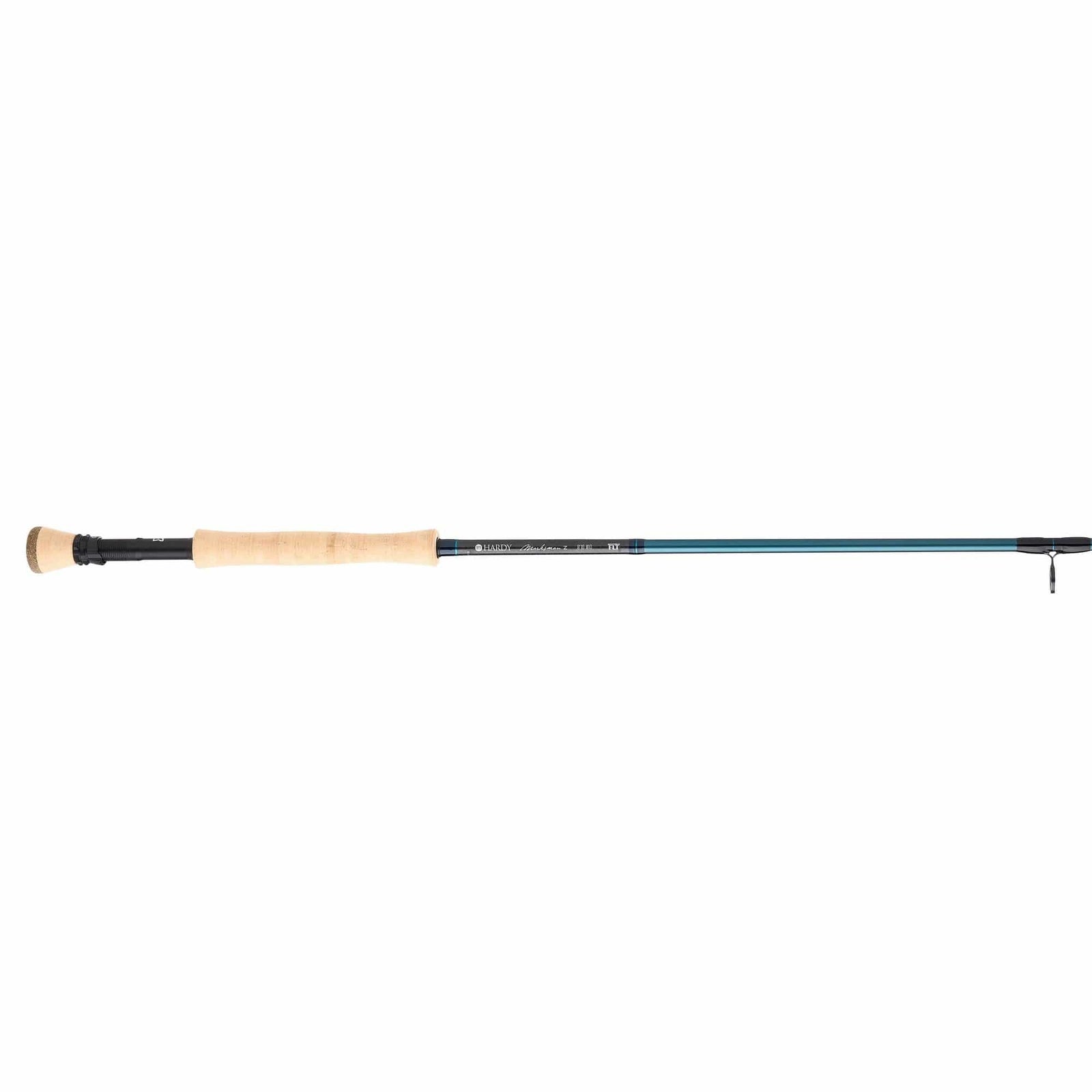

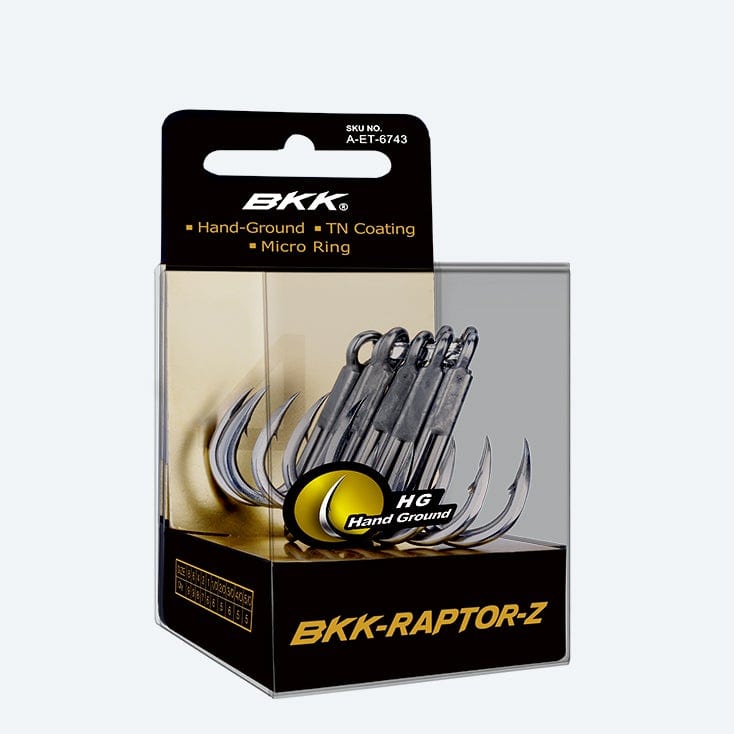
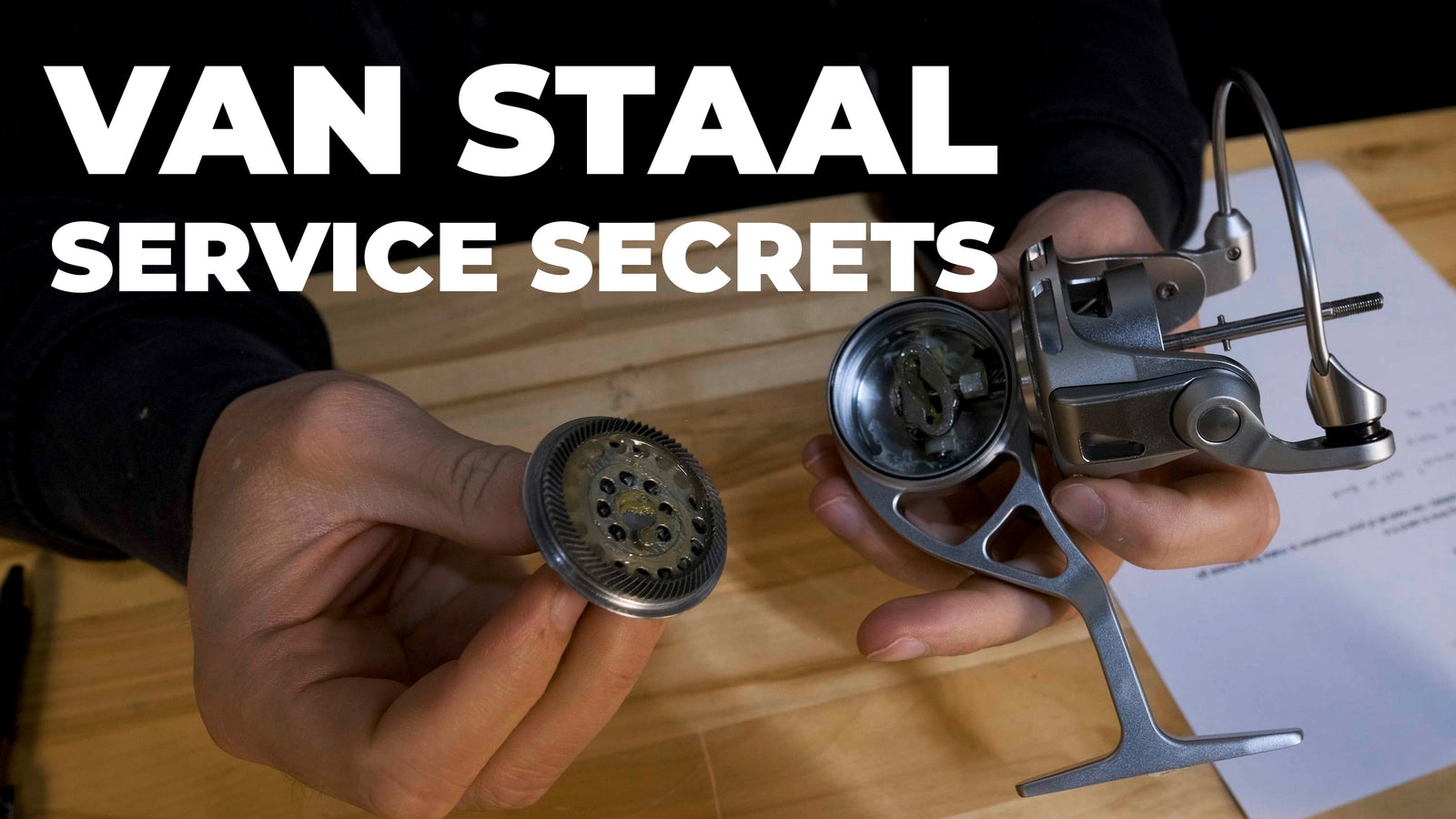


Leave a comment (all fields required)